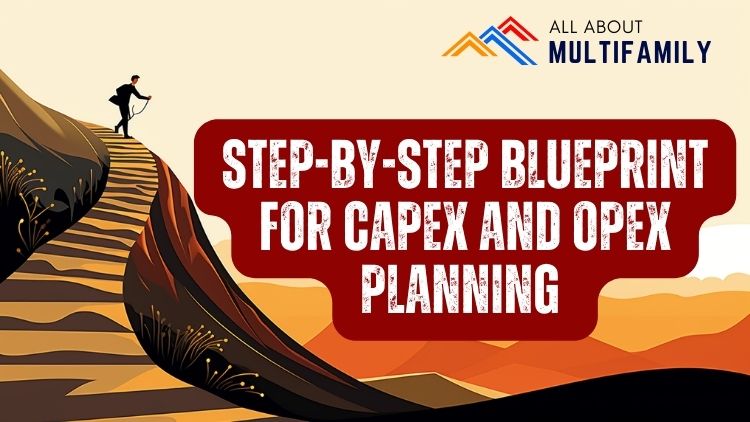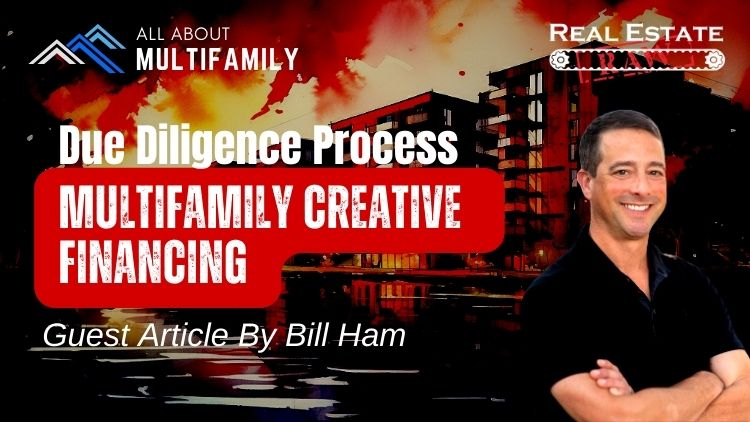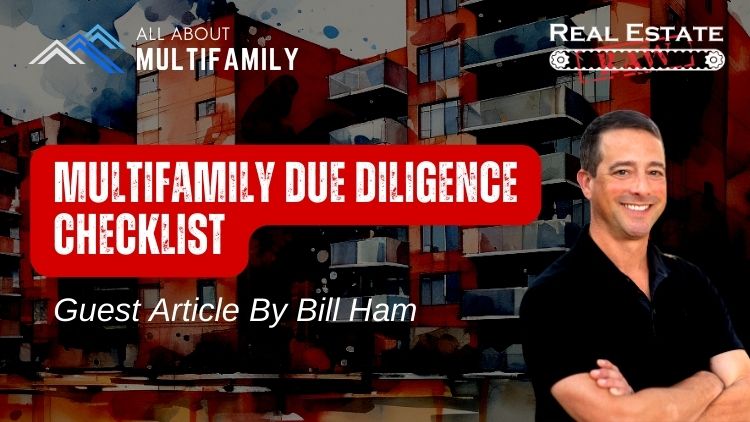Guest column by Bill Ham, author – Creative Cash & Real Estate Raw
Now that you have chosen your market, you need to get deal flow.
What is the right size property to start with? If you start too small, you won’t go big fast enough, and if you try to go too big too early, you will waste a lot of time. Trying to go too big too early is one of the fastest ways to burn yourself out if you are new to this business. By going too big, you’re likely to look at dozens and dozens of deals without closing one.
When considering what size asset to start with, begin with your net worth. What is your net worth? If you don’t know, now is a good time to find out. Net worth is generally defined as the difference between the value of your assets minus the debt owed on them (assets minus liabilities). This may be the general definition for net worth, but lenders may not be so lenient in their application of this concept.
Lenders will likely discount any asset that would lose value if you, the owner/operator, were not there. This is most evident in a business that would be considered a practice, such as a law or medical office. What is that business worth if you are not there? Not much as far as the lender is concerned, so they will likely discount the value of that asset when considering it as net worth for a loan qualification. Other assets that cannot be taken in a foreclosure may not be considered part of your net worth for guaranteeing loans. Retirement accounts and 401(k)s may fall into this category. Some of these types of accounts can be protected from liens and therefore worthless to a lender if you default on a loan. Most lenders will consider net worth to be anything of value that could be liquidated to repay a loan if need be. Before making any offers, speak to a lender directly to find out what they will and won’t consider viable assets.
I suggest that you follow the 80/20 rule when looking at deals. Eighty percent of the time, you should look at deals that have the highest probability of closing. Twenty percent of the time, you can look at deals that have a low probability of closing.
What deals have the highest probability of closing? Any asset that you can qualify to purchase with a traditional loan. How much can you borrow? As much as you already have in net worth.
My point is that 80 percent of your deal flow should be assets that have a sale price less than your borrowing ability (net worth). Twenty percent of the time, you can chase deals that are beyond your current ability to purchase (above your net worth). Following this rule will greatly increase your chances of successfully closing a deal.
Being unable to find good deals will be one of the biggest challenges facing you in the beginning of your real estate career. In fact, it will always be a big challenge. If good deals were that easy to find, everyone would be in this business. Start where your net worth will allow. If you want to go bigger, add to your equity team by finding partners who bring more balance sheet strength to your business. If you have no net worth now, start networking.
The next step is to translate your team’s net worth to an equal number of units in your target market. You need to know the area’s average apartment unit cost. Divide your net worth by the average price per unit to determine how many units you can buy with your current net worth.
For example, if your net worth is $1 million and the average price per unit in your area is $50,000, then 1,000,000 / 50,000 = 20.
In this scenario, your target asset would be 20 units. This is what you should start with and what you should spend 80 percent of your time looking for.
The importance of translating your net worth to units is because the price per unit will change from city to city but your net worth will not. The same $1 million will buy you more real estate in a city with lower real estate values than in a higher-value market. If you want to buy more units, get more net worth. Start networking!
Once you have chosen your market and you know what asset size to start with, the race to eighty begins. As I noted previously, the average investor will close about one in every eighty deals that they analyze. This is a rule of thumb created from my observations; it is not drawn from a law of economics or real estate. What this shows us is that finding a good deal is about statistics, not magic. It’s a numbers game and nothing else. The faster you can analyze eighty properties, the faster you will find a good deal. Here is roughly how this will break down:
–You analyze eighty deals.
-Twenty-five of them are worth a second look.
-You make serious offers on about fifteen of those twenty-five.
-Five of the fifteen offers are accepted.
-Your lawyer kills three of the deals by over negotiating.
-You find something majorly wrong with one of them in due diligence.
-You close about one in eighty deals you analyze.
Again, my point here is that this business is just a numbers game. As I noted earlier, you must know what a good deal is and be willing to look at more deals than everyone else. Deal flow is half of the entire business. No deal flow, no closings.
The size of the asset you are looking for will largely determine your acquisition strategy. If you are looking for single-family homes or multifamily dwellings up to about fifty units, your best bet will be to go to the owners directly. If you are looking for large commercial real estate or multifamily homes over fifty units, you will find that most of the deals come from realtors.
You should be analyzing three to five deals every week. This means going through the entire process of finding a deal (listed or direct to the owner), getting the financial information on the property, and calculating a viable offer price. You may not actually make an offer on these deals, but you must be able to decide if it is a good deal or not, and if it’s not a good deal, why? Then ask yourself, “What would make it a good deal?” After this analysis, your conclusion may be that the deal sucks for one reason or another (usually overpriced). No matter what you find in the analysis, it’s not important. What is most crucial is consistency in deal flow.
Building a real estate business takes consistent deal flow over a long period. It’s a numbers game, and you will get about one in eighty. This concept is also a great way to begin to understand your own trajectory toward building a portfolio and your own personal freedom. Here is how it works:
If you close one in eighty deals and you analyze three deals a week, you should find one about every twenty-seven weeks or one every six to seven months.
If you analyze five deals a week, then you will close one about every sixteen weeks or one each quarter of the year.
If you analyze eighty deals in a week, you should close one each week or so.
The key now is to decide how many units you need to reach financial freedom. What size deals are you looking for each week? If you need one hundred units to reach financial freedom and you are looking only at duplexes, it’s going to take a while. If you want to speed up the process, you need to look at larger deals or at more than three to five deals a week (or both).
Earlier in my real estate career, I worked in the seminar business selling home study courses for a real estate “guru.” One of the big sales pitches that I was taught is one that I still see being used today by many educators trying to sell the idea of getting into multifamily houses. The trick with this sales pitch is that it’s not a lie, but it’s not the entire truth either. In my opinion, a half-truth is a whole lie, but that’s just my personal philosophy. It is also why I quit that job. I had burned out on all the half-truths used to sell people on the idea of investing in real estate.
Here is how the pitch goes:
How much money do you need to be financially free? Ten thousand dollars? Great! Ladies and gentlemen, it’s easier than you think. Did you know that most apartments cash flow about one hundred dollars per apartment per month? If each apartment produces one hundred dollars and you need ten thousand, how many units do you need? One hundred! That’s it! One hundred units and you’re free! That’s one hundred houses, fifty duplexes, or just two complexes of fifty units. That’s it! Can you see yourself closing a few twenty-five- to fifty-unit complexes and being totally financially free? Of course, you can! Now get your credit card out and run to the back of the room to buy my stuff!
This pitch is used quite often by people selling you on the idea of getting rich in real estate. The problem is that this data is true but only in an extremely specific scenario. If you need no partners and no investors and you have all the cash to buy the assets (with a loan), then you will get $100 of cash flow each month.
If you need investors for the down payment money, then you will be giving up approximately 75 percent of the cash flow to produce the returns needed to get the investors in the deal in the first place. Now you are down to about $25 a month in cash flow. Do you have all the net worth to qualify for the mortgage, as I discussed in chapter 1, or do you need a sponsor to help you bring the balance sheet and financial liquidity to get the loan done? If the answer is yes, then you will likely need to pay them about $10 to $15 of the cash flow. You are now down to about $10 to $15 a month per unit in positive cash flow to you. Now how many units do you need? Probably a few more than one hundred. See the half-truths in the sales pitch?
One suggestion is to add deal flow to the concept of choosing a market. As I have said, you need to analyze three to five properties each week. If your home market is producing so many new deals a week, then you won’t need to look any further. Chances are that deal flow will decline over time as you look at all the deals available to you, and now you are waiting for new sellers to enter the market.
The solution is to add territory to the area from which you are already sourcing deals. I suggest thinking in terms of circles on a map, as noted previously. Start drawing circles on the map around your home market. Keep drawing larger circles until you incorporate the next city that would be a viable area in which to find deals. Make the circle wider and wider until you incorporate enough cities to bring you up to your weekly deal flow goals. Remember, it would be better to have too many deals to analyze than not enough.
For more information like this check out my blog at www.realestateraw.com and join my Facebook group Real Estate Raw for Multifamily Investors.
Best of luck!
Bill Ham
























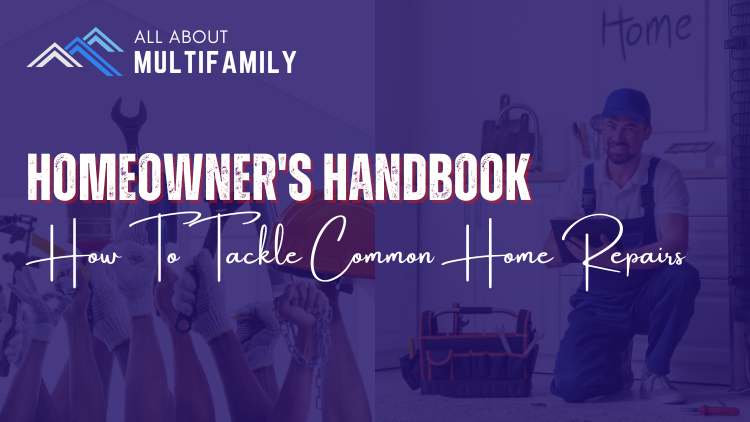





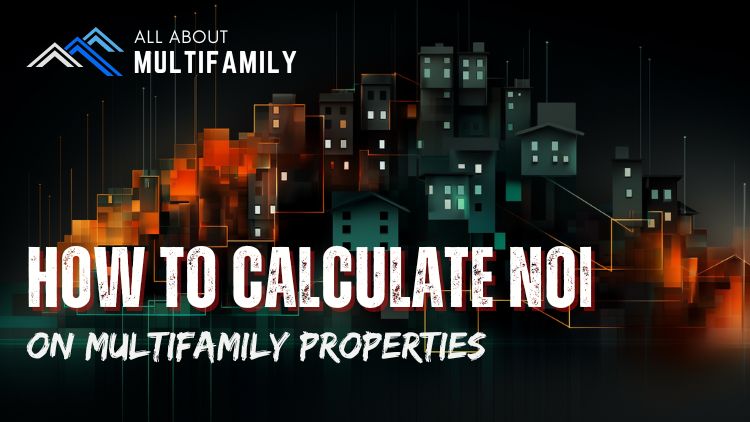





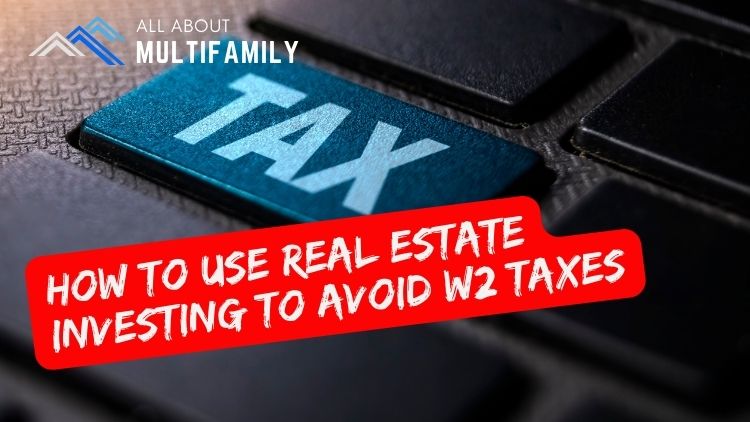

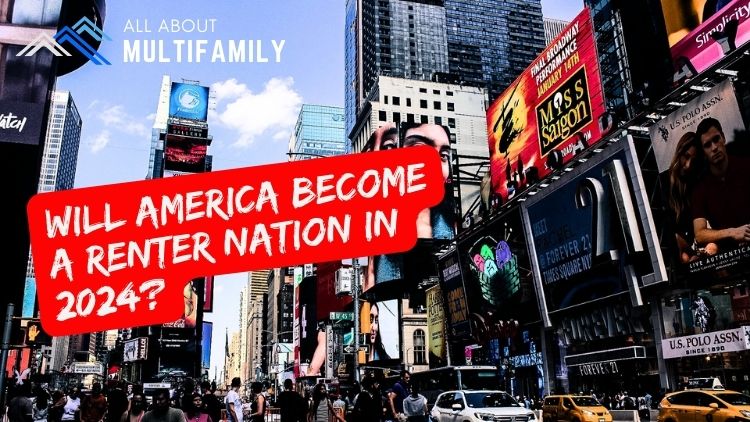







![An In-Depth Look at Jake and Gino's Coaching Program [A Review]](https://allaboutmultifamilyinvesting.com/wp-content/uploads/2023/10/AAM-BMP-Blog-Covers-750-×-422px-6.jpg)

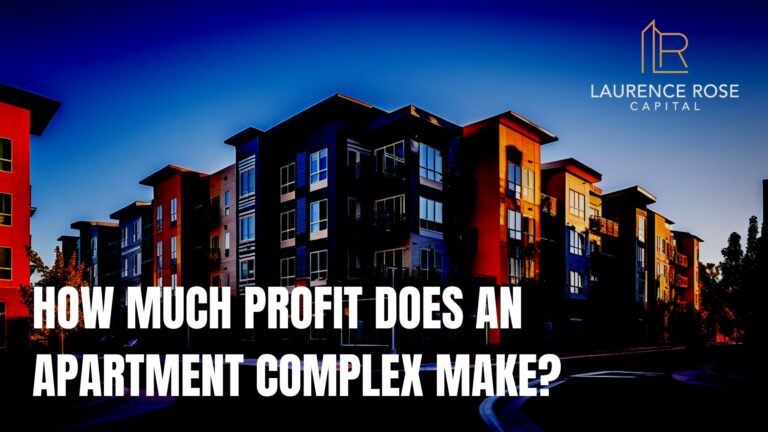
![Email Marketing Tips for Multifamily Real Estate Syndicators to Raise Capital [Templates included]](https://allaboutmultifamilyinvesting.com/wp-content/uploads/2023/09/AAM-BMP-Blog-Covers-750-×-422px-4.jpg)



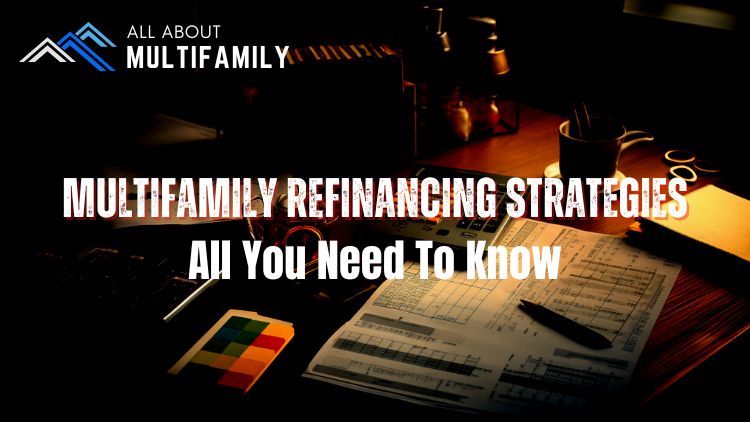
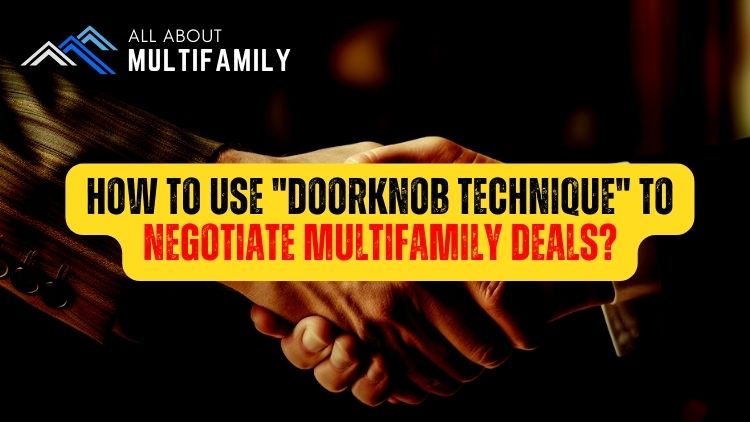
![The Richest Kids In America [Book Review]](https://allaboutmultifamilyinvesting.com/wp-content/uploads/2023/09/AAM-BMP-Blog-Covers-750-×-422px-84.jpg)





